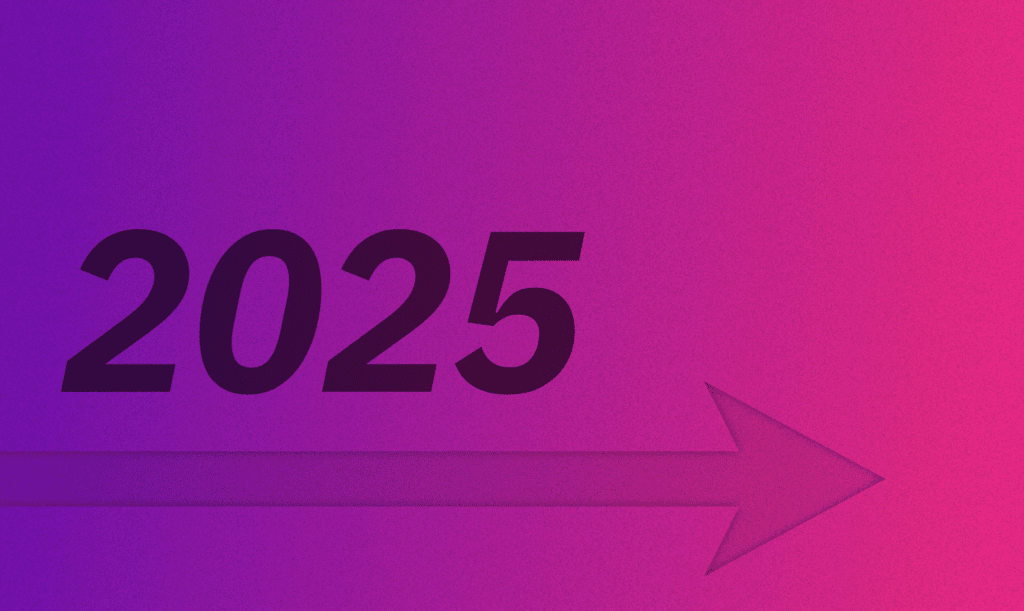
Breaking web design conventions, when and why?
Web design is steeped in conventions: standardized patterns and best practices that have emerged over years of development and user experience. From placing your logo in the top left to using a hamburger menu on mobile, these conventions make websites more intuitive and predictable. But are they always the best choice? Sometimes, breaking the rules can lead to innovation and a better user experience. In this article, we explore when and why to break web design conventions.
Table of contents
Why do we use web design conventions?
Web design conventions exist to streamline the user experience. They provide familiar interactions, allowing users to think less when navigating a website. When visitors recognize a pattern, they can act more efficiently and become less frustrated. This contributes to lower cognitive load and higher user satisfaction.
When breaking conventions can be useful
While conventions are useful, they can limit innovation. Sometimes it can be helpful to color outside the lines. Here are some situations where breaking conventions can be a good idea:
1. If the convention is no longer effective
Some conventions become outdated. Think of “click here” links or mandatory page loads between simple interactions. New technologies enable more efficient interactions, such as infinite scrolling or progressive web apps (PWAs). If a convention no longer provides the best user experience, it’s time to rethink it.
2. When your brand wants to stand out
In a world where many websites look the same, a different design can create a strong brand image. Big brands like Apple and Tesla are experimenting with minimalist navigation and unconventional layouts to emphasize their premium image. If your brand has a unique identity, a different design can reinforce that.
3. If it actually improves the user experience
Sometimes, breaking away from the norm can make the experience more intuitive. For example, some e-commerce sites are replacing the traditional product page with an interactive configurator, allowing users to see the impact of their choices right away. This increases engagement and makes the buying process more enjoyable.
4. In innovative or experimental projects
Some websites, like portfolios or art projects, have the freedom to ignore the rules. Interactive storytelling, playful navigation, and unique animations can surprise and engage visitors in ways that conventional websites can’t.
Break through smartly
Breaking conventions should be done carefully. Here are some guidelines to avoid scaring your users:
Consider a hybrid approach: Instead of breaking with conventions entirely, you can apply subtle variations. For example, a hidden menu that appears based on scrolling behavior instead of a standard hamburger menu.
Test and validate: Before you throw out a convention, test how users respond to it. A/B testing and user testing can help determine whether your innovation is actually an improvement.
Maintain core functionality: Break conventions where it makes sense, but keep essential features like clear navigation and readable typography.
Provide clear guidance: When introducing a new interaction pattern, provide hints or tutorials to help users understand how it works.
Finally
Web design conventions play an important role in usability and familiarity, but they are not immutable laws. When a convention is no longer effective, your brand wants to differentiate itself, or the user experience can be improved, breaking conventions can be a powerful tool. As long as you test changes and design with the user in mind, unconventional choices can lead to innovation and an impactful online experience.


